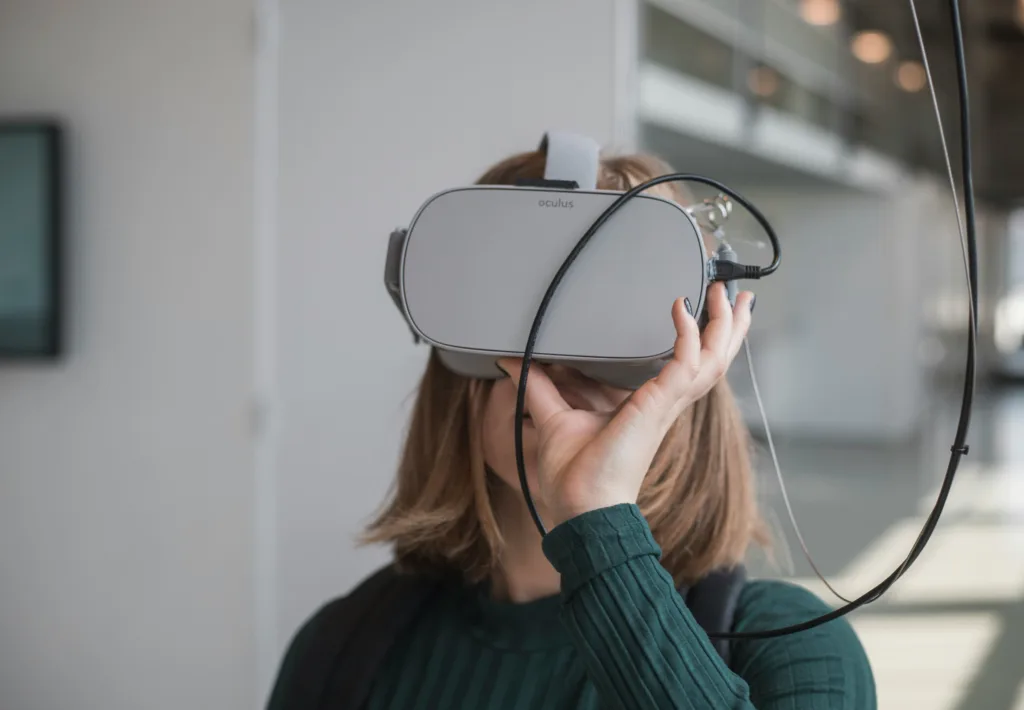
In an era where science and technology are converging with health and wellness, a growing number of individuals are taking control of their biology through biohacking. Once a fringe movement, biohacking has entered the mainstream, driven largely by the explosion of wearable technology. From fitness trackers and smartwatches to glucose monitors and brain-sensing headbands, these devices are empowering users to monitor and optimize their physical and mental performance like never before.
This article explores the landscape of biohacking through the lens of wearable tech—how it works, its benefits and risks, and how you can safely harness it to enhance your life. Whether you’re a tech-savvy athlete or someone simply curious about improving your daily performance, wearable biohacking could offer the key to a healthier, smarter you.
What Is Biohacking?
Biohacking refers to the practice of making incremental lifestyle or technological interventions to improve physical or mental performance. These hacks can range from dietary adjustments and meditation to more advanced techniques like neurofeedback or implantable chips.
Biohacking generally falls into three categories:
- Nutritional Biohacking – altering diet, supplements, and fasting routines.
- Digital Biohacking – using technology to monitor and improve bodily functions.
- Grinder Biohacking – implanting devices into the body to enhance capabilities.
Wearable tech primarily falls under digital biohacking and is often the entry point for those new to this lifestyle.
The Rise of Wearable Tech in Biohacking
From Step Counters to Smart Health Ecosystems
Wearables started as basic step counters and heart rate monitors, but today’s devices are far more advanced. In 2023, RockHealth reported that 44% of Americans used wearable health tracking devices such as smartwatches or smart rings. Modern wearables can monitor sleep cycles, stress levels, blood oxygen, glucose levels, and even brainwave activity. Some integrate with apps and AI systems to deliver personalized health insights and recommendations.
Popular devices include:
- Smartwatches (e.g., Apple Watch, Samsung Galaxy Watch)
- Fitness Trackers (e.g., Fitbit, Garmin, Whoop)
- Smart Rings (e.g., Oura Ring)
- Neurotech Devices (e.g., Muse, Emotiv)
- Continuous Glucose Monitors (e.g., Dexcom, FreeStyle Libre)
Key Areas of Optimization with Wearable Tech
1. Sleep Quality
Wearables analyze your sleep cycles using heart rate variability (HRV), movement, and temperature. Apps then provide recommendations for improving sleep hygiene, such as optimal bedtime and breathing exercises.
2. Physical Fitness
From VO2 max to muscle recovery, wearables help optimize training intensity and duration. Devices like Whoop and Garmin even suggest rest days based on recovery scores.
3. Stress and Mental Health
Heart rate and HRV are used to assess stress. Devices like Muse guide users through meditation sessions and measure EEG brainwaves to offer real-time feedback.
4. Blood Sugar and Metabolism
Continuous glucose monitors allow users to see how different foods affect their blood sugar in real-time, enabling personalized nutrition strategies.
5. Cardiovascular Health
Wearables monitor blood pressure, heart rate, and ECG readings, alerting users to irregularities such as atrial fibrillation or hypertension.
6. Cognitive Performance
Devices like Halo Neuroscience use electrical stimulation to prime the brain for learning and focus. EEG wearables also track concentration levels.
Data-Driven Personalization
One of the most compelling aspects of wearable biohacking is the ability to generate and analyze personal data over time. Longitudinal tracking allows users to observe patterns, set benchmarks, and test the effectiveness of interventions.
Many wearables now include AI-driven insights, helping you:
- Detect early signs of illness
- Optimize workout and recovery cycles
- Fine-tune your diet
- Improve mental clarity and emotional regulation
Risks and Limitations
While the potential benefits are impressive, biohacking with wearables isn’t without risks:
- Data Accuracy: Not all wearables offer clinically accurate data.
- Over-reliance: Users may misinterpret data or ignore medical advice.
- Privacy Concerns: Sensitive health data could be misused if not properly secured.
- Information Overload: Too much data can lead to anxiety or decision fatigue.
Users should view wearables as tools—not replacements—for medical diagnostics or professional advice.
Ethical and Regulatory Considerations
With rapid advancements come important ethical questions:
- Should employers or insurance companies have access to biometric data?
- What happens when AI makes health decisions for us?
- How can we ensure equity in access to biohacking tools?
Regulatory bodies like the FDA are beginning to scrutinize health wearables more closely, especially those making medical claims.
Real-World Applications and Success Stories
- Athletes: Elite athletes use wearables to monitor recovery and prevent injury.
- Chronic Illness: Diabetics and heart patients gain real-time insights into their conditions.
- Workplace Productivity: Employees use wearables to manage stress and avoid burnout.
- Aging Populations: Seniors benefit from fall detection, heart monitoring, and medication reminders.
Getting Started with Biohacking Through Wearables
- Define Your Goals: Identify what you want to optimize—sleep, focus, fitness, etc.
- Choose the Right Device: Select a wearable that aligns with your goals and lifestyle.
- Track Baselines: Spend a few weeks collecting data before making changes.
- Test and Iterate: Make small changes and track their impact over time.
- Stay Informed: Follow new research and technology updates to refine your approach.
The Future of Biohacking and Wearables
The future of biohacking with wearables looks promising, with upcoming trends like:
- Implantable Wearables: Devices under the skin offering real-time biometrics.
- Genetic Biohacking: Combining genomics with wearable insights for hyper-personalized interventions.
- AR/VR Integration: Using immersive tech for cognitive training and mental wellness.
- Predictive Health Analytics: AI models that predict illness before symptoms arise.
Conclusion
Biohacking through wearable tech represents a transformative shift in how we manage health and performance. It empowers individuals to take an active role in their well-being, armed with data and driven by curiosity. While it’s not without its challenges, the potential to live smarter, healthier lives has never been more accessible.
Whether you’re aiming for peak athletic performance, better sleep, or simply a clearer mind, the fusion of biohacking and wearable technology offers tools that are as practical as they are revolutionary.




